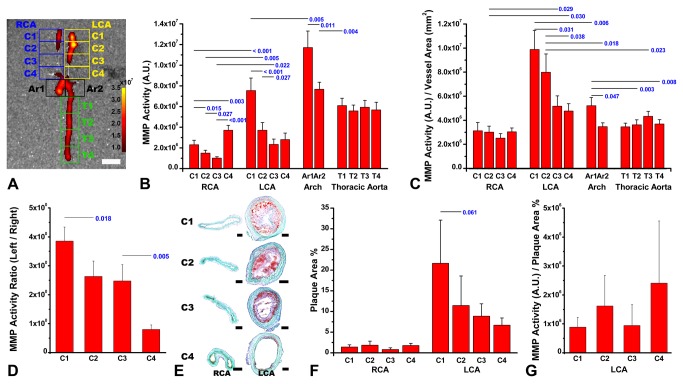Figure 1. Strong matrix metalloproteinase (MMP)-2/9-related near-infrared fluorescent (NIRF) signal in and around the ligated area of the left common carotid artery (LCA) of ApoE-/- mice fed on a western diet.
Two weeks after partial ligation of the LCA, there is a gradient of MMP-related fluorescence (mean intensity / tissue area in a rectangular region of interest) that is maximal close to the ligation site / bifurcation point (A, LCA C1 or C2), and progressively decreased as one move inferiorly closer to the arch both on the right and on the left, but the maximum is much higher on the ligated left side (A and B). The arch itself shows the highest activities measured, particularly proximally, close to the aortic root (B, Ar1 vs. Ar2). However, the MMP activity per vessel area in each square region of interest is highest in the LCA ligation site (C, LCA C1 and C2). There is a decreasing gradient in the left-to-right ratios of the NIRF signal intensities (D) and oil red O staining-positive atherosclerotic lesion size (E and F) in the four carotid segments. MMP activity / plaque size ratios in the left CCA do not show significant regional differences (G). Pseudo-color overlaid NIRF signal in the aorta and arteries with intensity expressed as arbitrary unit (A). RCA denotes the right common carotid artery. Statistically significant or marginally significant p values from paired-t tests are provided. White scale-bar, 1 mm; black scale-bars, 100 µm.

